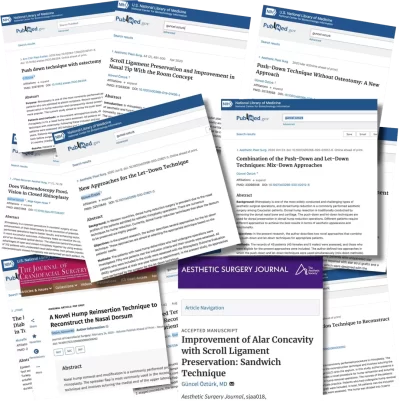

One of the main factors contributing to aging of the eyes and face is the loss of volume (fat) in the face and around the eyes. During the aging process, tears are visibly affected early on and hollow sunken eyes, loose upper eyelid skin, hollow upper eyelids and “bags” or “dark circles” under the eyes or wrinkles around the eyes exacerbate the problem of fat loss, causing drooping eyelids and eyebrows. To use an analogy, a taut balloon filled with air is like a person with a healthy face. When you let the air out of the balloon, it sags with wrinkles and folds. The same situation occurs around the face and eyes. As we age, fat loss, wrinkles, skin folds, hollow sunken eyes, eye bags, drooping eyebrows, etc. cause the face to sag, making the eyes and face look weaker, tired and older. The quality of the skin also deteriorates.
Before eyelid filling, it is very important to analyze the problems on the patient’s eyelids very well and to determine the points to be injected very well. Eyelid skin is the thinnest skin of the body, so it is not as tolerant as other facial skin/structures. Its relationship with the orbital (eye socket) eyelid is also critical as it can affect the surrounding eyelid contour. To achieve the desired aesthetic result, eyelid filler should be injected at the right points and in equal amounts. Since the eye area is a very risky area, the application must be performed by a surgeon specialized in the field.
For more information about upper and lower eyelid filling, you can make an appointment with Aesthetic, Plastic and Reconstructive Surgery Specialist Op. Dr. Güncel Öztürk.




Copyright © 2026 Tüm Hakları Saklıdır.
SEO:
